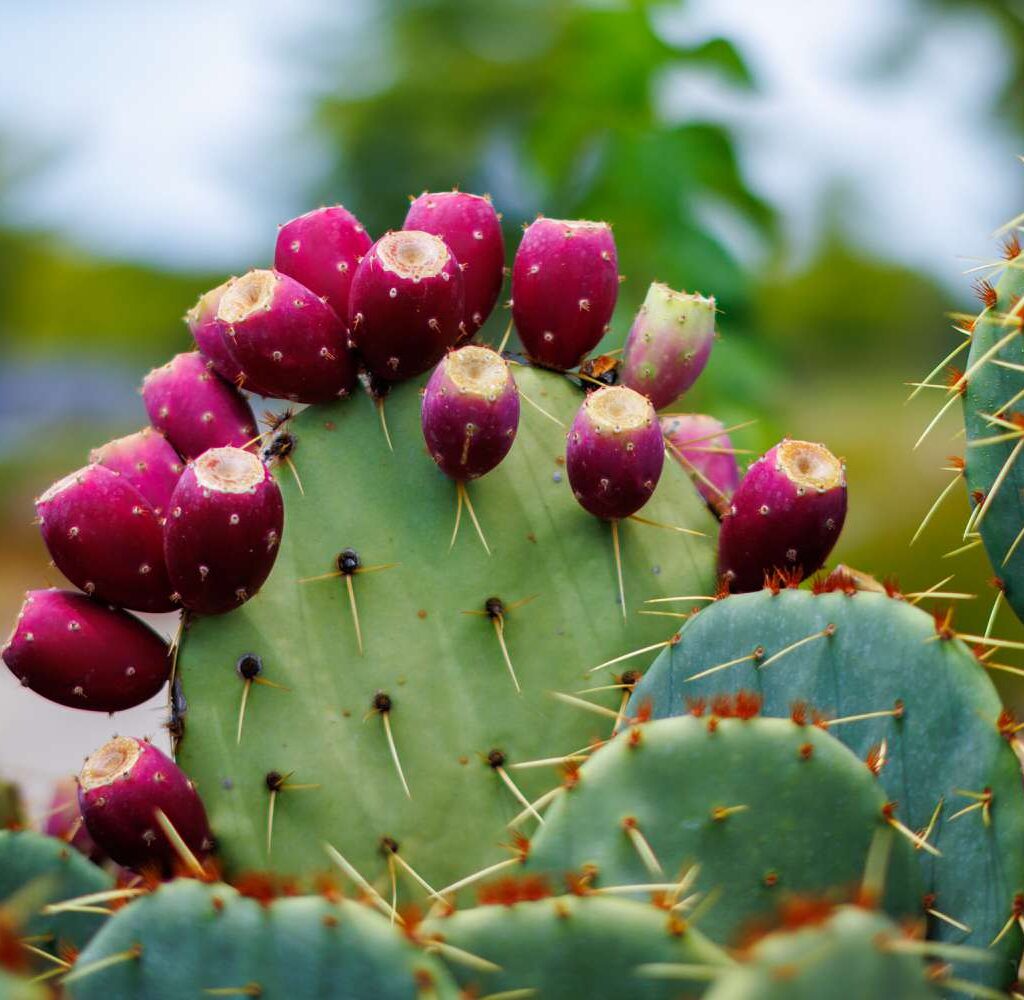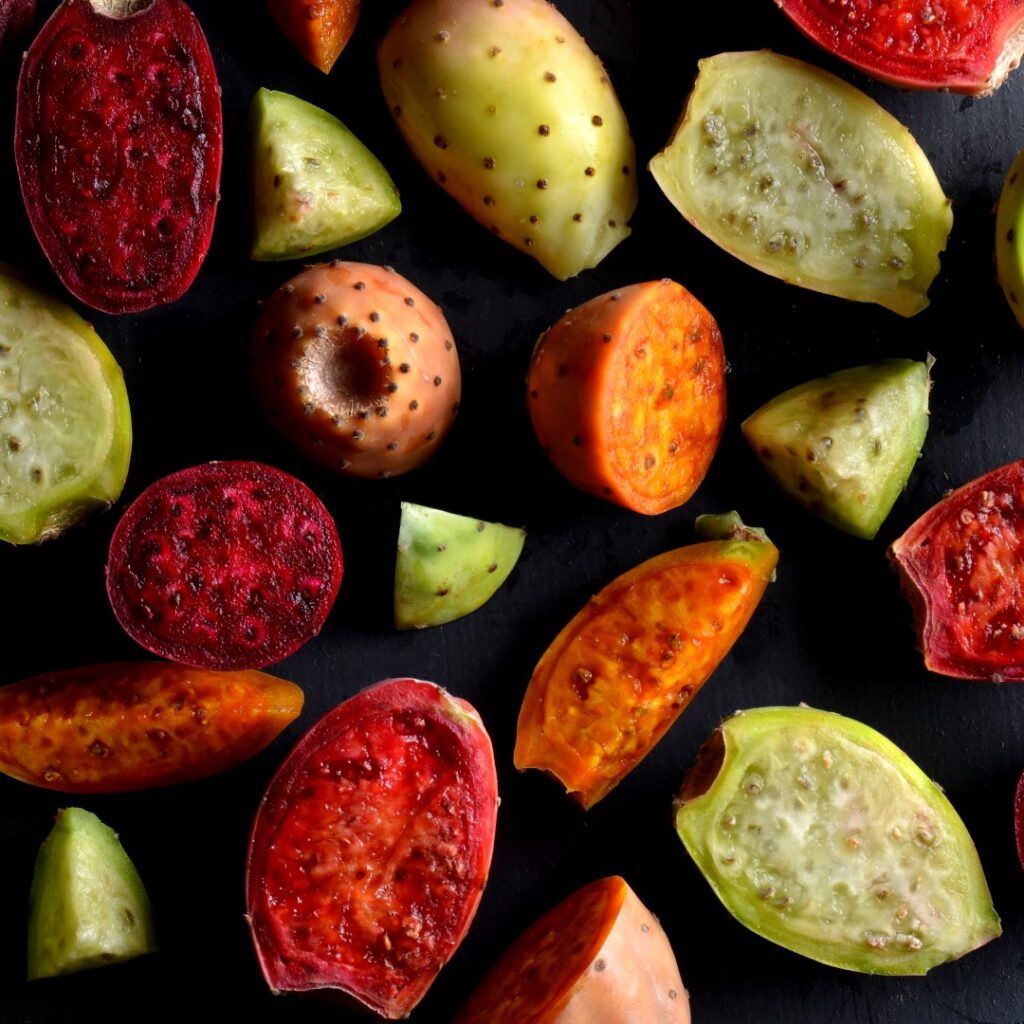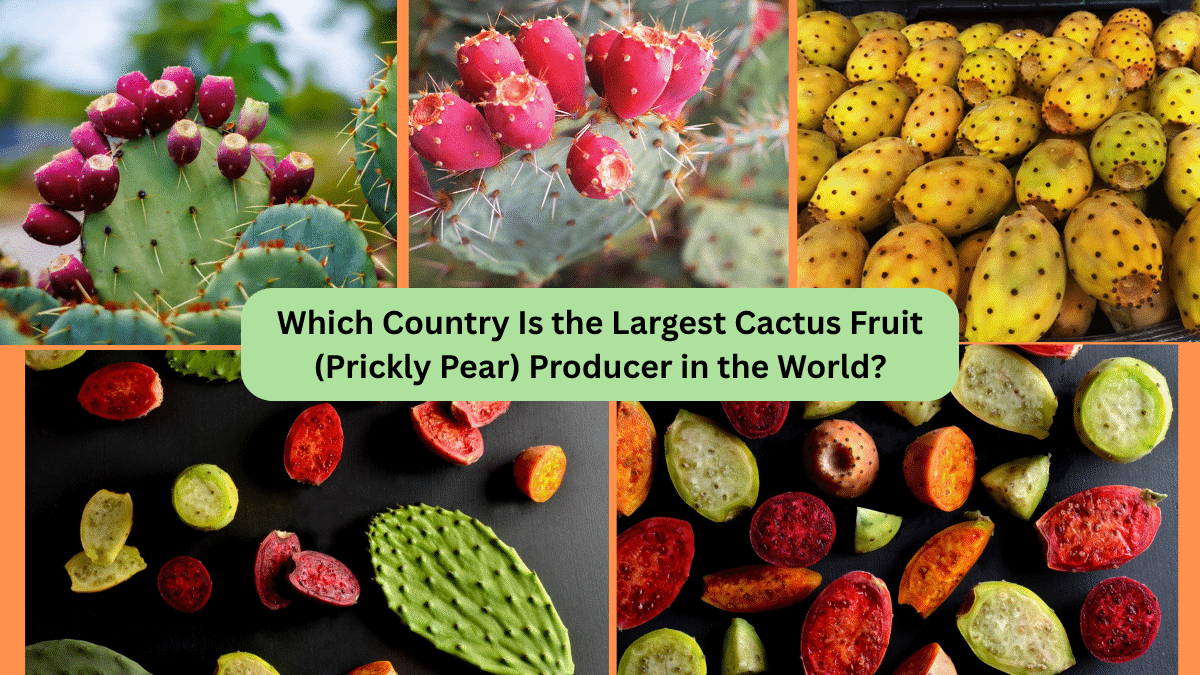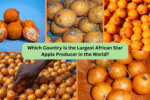The humble prickly pear—also known as cactus fruit, cactus pear, or by its Spanish name “tuna”—has gained global recognition for its vibrant colors, sweet flavor, and versatile uses ranging from culinary to cosmetics. Though native to the Americas, particularly Mexico, it has been embraced across continents for its resilience and nutritional value. But among the countries cultivating this superfruit, one reigns supreme. Let’s dive into why.
Native Roots & Global Spread

Prickly pears come from the genus Opuntia, with Opuntia ficus‑indica being the most widely cultivated species splendidtable.orgen.wikipedia.org+4de.wikipedia.org+4east-fruit.com+4. Originating in Mexico, the plant thrived in arid climates and was integral to indigenous food systems long before European colonization .
Spanish explorers later introduced it worldwide. Today, it’s not just a Mexican delicacy—countries like Italy, Morocco, South Africa, and even Australia rely on cactus fruit for food, fodder, dye, biofuels, and cosmetics guinnessworldrecords.com+1reuters.com+1.
The Global Leader: Mexico
Without contest, Mexico sits atop the world as the largest producer of prickly pear fruit.
- Volume & Share: Between 2012–2020, Mexico produced an average of 836.6 thousand tonnes annually, peaking at 892,000 tonnes in 2019—around 45% of global output worldpopulationreview.com+15guinnessworldrecords.com+15thespruceeats.com+15. Other sources estimate production near 400,000 tonnes, accounting for ~50% of the world’s total .
- Cultivation Area: The plant covers between 50,000 and 70,000 hectares in Mexico, with three main hubs—Puebla, the Valle de México region, and the Altiplano Potosino–Zacatecano guinnessworldrecords.com.
- Uses and Economy: Every part of the plant supports diverse industries:
- Fruit (“tuna”): consumed fresh, in juices, jams, cocktails.
- Pads (“nopales”): a staple in Mexican cuisine, sautéed, grilled, or pickled worldostats.com+15en.wikipedia.org+15southafrica.co.za+15en.wikipedia.org+7extension.arizona.edu+7southafrica.co.za+7.
- Animal fodder, especially during droughts.
- Pharmaceuticals, cosmetics, and biofuels en.wikipedia.org.
- Cochineal dye production in some regions en.wikipedia.org+1en.wikipedia.org+1.
- Cultural Importance: Deeply woven into Mexican heritage, this cactus features in cuisine, folk medicine, and economic resilience—especially in small-scale, rural settings east-fruit.com.
Second Place: Italy

After Mexico, Italy ranks as the leading producer in Europe:
- Scale: Though far smaller than Mexico, Italy cultivates several thousand hectares—over 8,300 ha in 2011—primarily in Sicily, producing around 87,000 tonnes annually guinnessworldrecords.com+6splendidtable.org+6southafrica.co.za+6.
- Growth & Innovation:
- Embracing drought-resistant crops, Italy’s south sees prickly pear as a sustainable alternative to water-intensive staples like maize and olives reuters.com.
- Startups like Wakonda in Puglia are developing pricks of pear into juices, flour, animal feed, and even biofuels de.wikipedia.org+9reuters.com+9freshfruitportal.com+9.
- Italy is a strong contender in plant-based leather and bio-industry applications reuters.com.
Other Notable Producers
While Mexico and Italy dominate, other countries contribute significantly:
Morocco (Africa’s Leader)
- Scale: Cultivated on ~150,000 ha, especially in Sidi Ifni, producing an estimated 1 million tonnes annually en.wikipedia.org+3guinnessworldrecords.com+3splendidtable.org+3east-fruit.com.
- Uses: Beyond consumption, Morocco boosts exports and processes the fruit for cosmetics, health supplements, and sustainable agriculture.
South Africa
- Produces around 15,000 tonnes on ~1,500 ha, using both fruit and pads .
Chile, Argentina, Peru, Brazil
- Chile: ~8,000 tonnes from 1,100 ha; Argentina: ~7,500 tonnes on ~800 ha freshfruitportal.com.
- Brazil: Uses the plant extensively for animal feed, with about 40,000 ha under cultivation extension.arizona.edu+2thespruceeats.com+2en.wikipedia.org+2.
- Peru: Significant cochineal insect farming on cactus in Andean valleys en.wikipedia.org+1en.wikipedia.org+1.
Understanding the Numbers

While painting through percentages can be illustrative, raw metrics offer clearer insight:
| Country | Production (Tonnes) | Approx. Share | Notes |
|---|---|---|---|
| Mexico | 836 600 – 892 000 (avg) | ~45 – 50% | ~50k–70k ha cultivated |
| Italy | 87 000 (2011 data) | 4–5% | Mostly in Sicily |
| Morocco | ~1 000 000 | ~5–10% | 150k ha under crop |
| South Africa | 15 000 | ~1% | 1,500 ha |
| Chile | 8 000 | <1% | 1,100 ha |
| Argentina | 7 500 (production) | <1% | 800 ha |
(Global production estimated at ~2 million tonnes/year based on Mexico’s 45–50% share.)
Why Mexico Leads
Multiple factors underpin Mexico’s dominance:
- Native Adaptation
With the prickly pear native to Mexico, the crop thrives across diverse Mexican climates. Rich indigenous knowledge and centuries of cultivation techniques give Mexico a clear edge worldostats.com+11freshplaza.com+11theworldranking.com+11thespruceeats.com. - Scale & Infrastructure
Cultivated over tens of thousands of hectares, including vast family farms and commercial plantations, Mexico possesses substantial processing and supply-chain capacity . - Cultural Integration
Integral to diet (fresh fruit, pads), traditional medicine, and commerce—both domestically and internationally . - Industrial Versatility
Applications extend from food to cosmetics, pharmaceuticals, animal feed, and renewable energy—bolstered by strong international demand .
Rising Stars & Emerging Importance

Italy
Expanding from cultural grid to sustainable innovation, Italy’s cardiovascular agriculture includes pop-ups like Wakonda forging new industrial pathways reuters.com.
Morocco
Its dense cultivation and export growth are turning it into a major African hub .
Africa & MENA Regions
In Tunisia, the cactus covers up to 12% of cultivated land—highlighting its central role in rural resilience reuters.com.
South America
Chile, Argentina, and Peru continue scaled but targeted production, focusing on niche markets and dye extraction .
Challenges Ahead
No crop is without challenges:
- Pests: Dactylopius opuntiae (prickly pear cochineal) poses threats in Morocco, Brazil, and elsewhere resulting in plantation losses en.wikipedia.org+1sweetishhill.com+1.
- Climate Change: Paradoxically drought-resistant, cactus still relies on stable rainfall patterns—climate shifts could impact yields.
- Market Development: Countries developing industrial applications face scaling hurdles—transport infrastructure, processing tech, and market access remain limiting factors.
Conclusion

The biggest producer of cactus fruit—specifically the prickly pear—is Mexico, contributing nearly half of the global output with nearly a million tonnes harvested yearly from tens of thousands of hectares. Its success lies not only in land and production volume but in deep cultural integration and diverse industrial exploitation.
Coming in at a distance is Italy, pioneering agricultural innovation especially in drought-prone Mediterranean landscapes. Morocco also makes waves, scaling to millions of tonnes with broad economic and ecological impact.
The global cactus-fruit industry is blossoming—driven by food security concerns, environmental sustainability, and eco-innovation. Yet, while many regions show promise, only the combination of scale, tradition, and infrastructure ensures dominance. And so far, Mexico holds the cactus crown—bold, resilient, and increasingly essential.





Leave A Comment